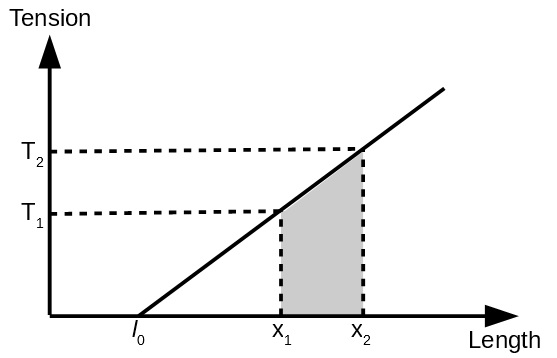Question
In two widely-separated planetary systems whose suns have masses S1 and S2, planet P1 of mass M1 and planet P2 of mass M2 are observed to have circular orbits of equal radii respectively. If P1 completes and orbit in half the time by P2, it may be deduced that
A) S1 = S2 and M1 = 0.25 M2
B) S1 = 4 S2 only
C) S1 = 4 S2 and M1 = M2
D) S1 = 0.25 S2 only
E) S1 = 0.25 S2 and M1 = M2
Answer
For the system with S1 and P1, the gravitational force on P1 provides the centripetal force.
Similarly for the system with S2 and P2,
Since the period of P1 is half of P1,
Since the periods do not depend on the masses of the planets, we can only deduce that S1 = 4 S2.
Hence, answer is B.



















